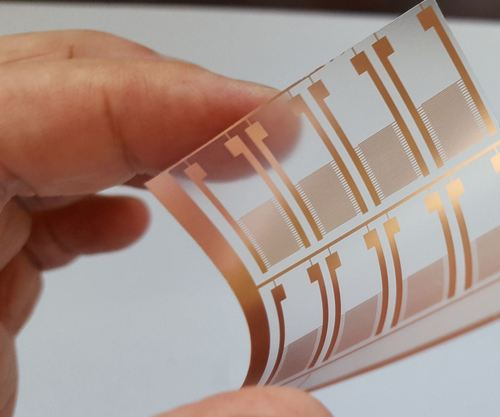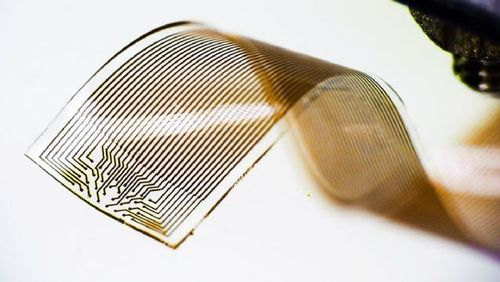Your Location:Home > Products > Electrochemical sensors

The electrochemical electrode is the core component of the electrochemical sensor, which works by reacting with the analyte of interest and generating an electrical signal proportional to the concentration of the analyte of interest. Electrochemical sensors typically consist of a sensing electrode (also known as a working electrode) and a counter electrode (also known as a counter electrode) separated by a thin electrolytic layer.
Details
How it works: Electrochemical sensors detect cyanometric analytes of interest through a redox reaction. In these reactions, the analyte is oxidized or reduced on the electrode surface, resulting in current or voltage changes that are proportional to the concentration of the analyte.
Type: There are various types of electrochemical electrodes, including but not limited to:
Platinum electrodes: commonly used in oxygen sensors because platinum has high catalytic activity for oxidation-reduction reactions.
Gold electrodes: Due to their chemical stability and conductivity, they are commonly used in various electrochemical analyses.
Carbon electrodes, such as glass carbon electrodes and carbon fiber electrodes, are widely used because of their easy surface modification and good biocompatibility.
Silver/silver chloride electrodes are often used as reference electrodes, providing a stable reference potential.
Modification: To improve selectivity and sensitivity, electrochemical electrode surfaces are often modified. Modifications can be chemical (e.g., coatings or polymer films) or biological (e.g., enzymes or antibodies).
Applications: Electrochemical electrodes are widely used in environmental monitoring, food safety, medical diagnosis, energy storage and conversion, and other fields. For example, glucose sensors are used for blood glucose monitoring in diabetic patients, and all-ion sensors are used to detect environmental pollutants.
Advantages: Electrochemical sensors usually have the advantages of simple operation, fast response, high sensitivity, and relatively low cost.
Previous:Next product
Next:Previous product
Related Products

Fork finger sensor
The interdigital sensor is a kind of sensor that uses the structure of the interdigital electrode, which is widely used in various sensors because of its simple structure, easy mass production, small size, sensitive response and other characteristics. By optimizing the design and fabrication process, the interdigitated electrode sensor can improve the sensitivity and selectivity, and achieve high-precision and repeatable detection of different analytes.

Transparent flexible electrodes
Transparent flexible electrodes are an important class of optoelectronic materials, which have good conductivity and mechanical flexibility while maintaining high transparency, which makes them have a wide range of application prospects in flexible electronic devices.